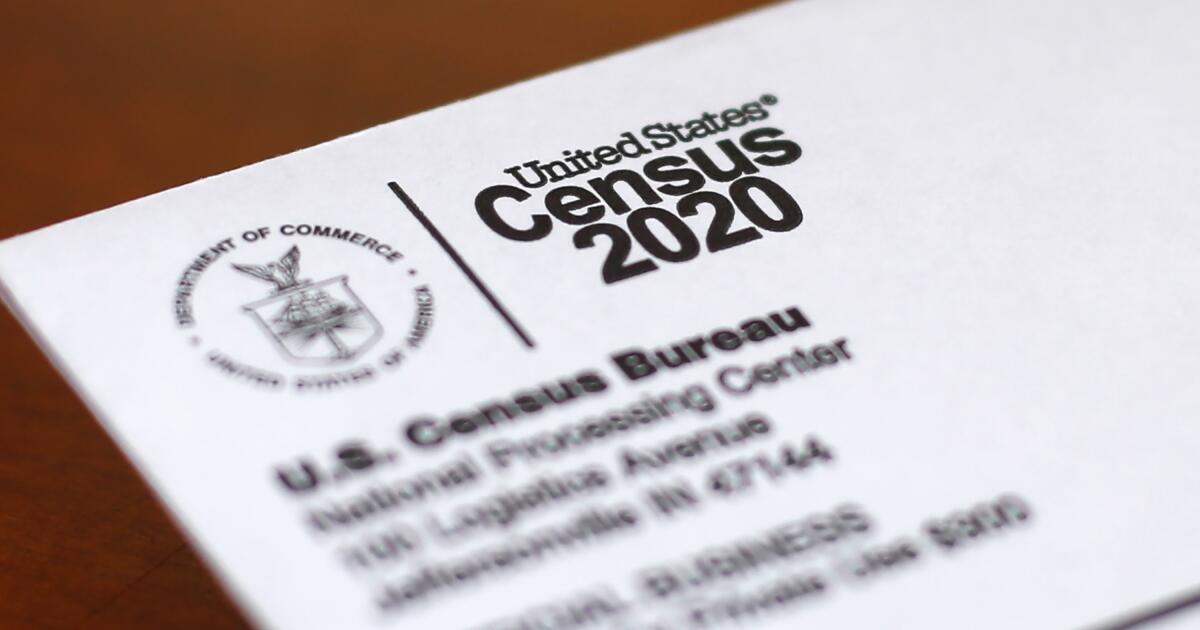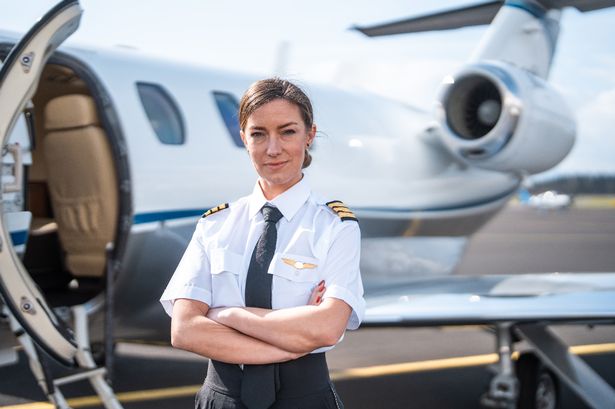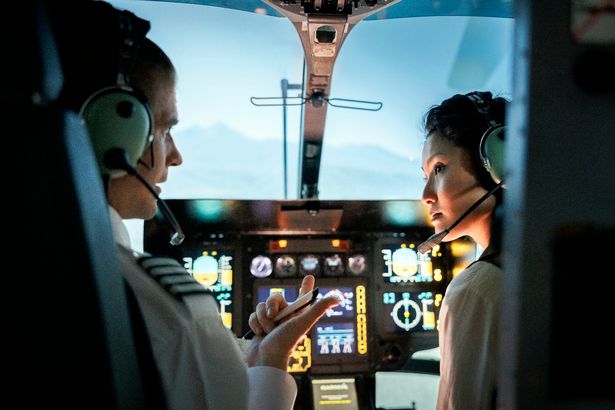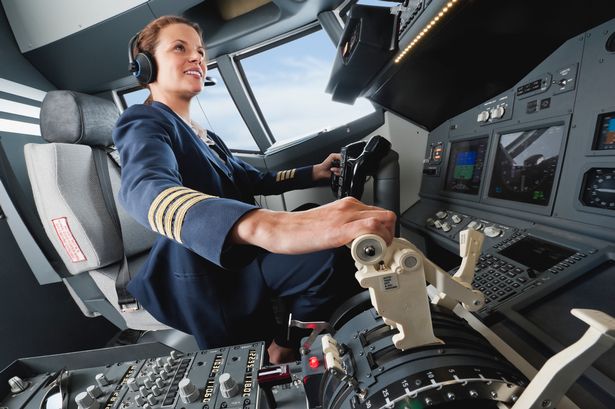While women hold just 10% of the pilot licences given out in the UK, they could actually be more adept than men at handling high-pressure situations in the cockpit
Female pilots may be better than their male counterparts at handling pressure during flight situations, a new study has revealed. The researchers, from the University of Waterloo in Canada, used a flight simulator to study 20 experienced pilots as they went through different scenarios.
The pilots wore eye-tracking glasses, which allowed the team of scientists to record where the participants were looking and how they responded. The flight tasks included unexpected engine failures and landing challenges, which were designed to test the pilots’ reactions under pressure.
“These findings are exciting because they push us to rethink how we evaluate pilots,” Naila Ayala, the study’s lead author, said.
She added: “We can’t assume that because two pilots are looking at the same things, they will react the same way. Our study shows that women may be better at keeping control and making decisions in stressful flight scenarios.”
The research found that female pilots tended to make fewer flight control errors when stress levels increased. This means that women were more consistent and accurate in how they responded to the information presented to them.
Suzanne Kearns, associate professor and director of the Waterloo Institute for Sustainable Aeronautics, said: “Understanding how different people perform under pressure helps us build better training programs for everyone, safer cockpits, and more inclusive aviation systems.
“At a time when the industry is facing a pilot shortage, tapping into the full potential of all pilots, regardless of gender, is more important than ever.”
The team hopes that the research, published in the Proceedings of the 2025 Symposium on Eye Tracking Research and Applications, will help shape future pilot training.
According to the study, the women demonstrated more stable landing approaches, completed tasks faster in the emergency scenario, and had higher situation awareness ratings.
It explains: “These preliminary findings suggest that female pilots may manage task demands effectively under pressure and have important implications for addressing gender-based assumptions in training and recruitment.”
Last July, it was announced that there had been a 26% increase in the number of pilot licenses issued to women between 2019 and 2023.
Data from the UK Civil Aviation Authority showed that 239 pilot licences were issued to women in 2019, while this number rose to 301 four years later.
However, licences for women are still comparatively low as they make up just 10% of the total number given out. Bronwyn Fraser, the secretary of the British Women Pilots’ Association, said: “Women pilots bring diverse perspectives and skills.
But aviation is so much more than just flying. We have brilliant women engineers, air traffic controllers, and sustainability experts pushing the boundaries of innovation, developing new technologies and unlocking the full potential of our airspace.” Fraser explained that the UK needs “more young women in aviation”.



